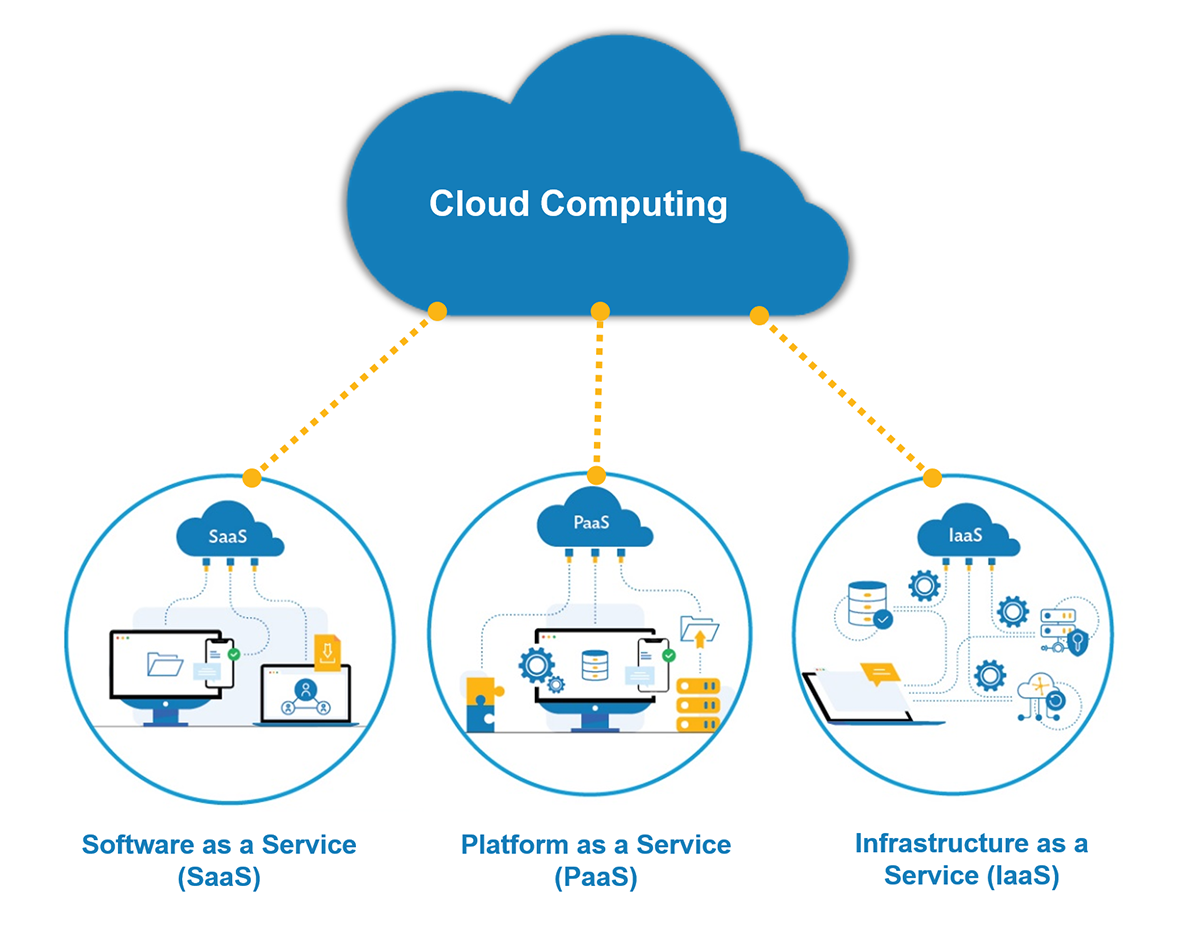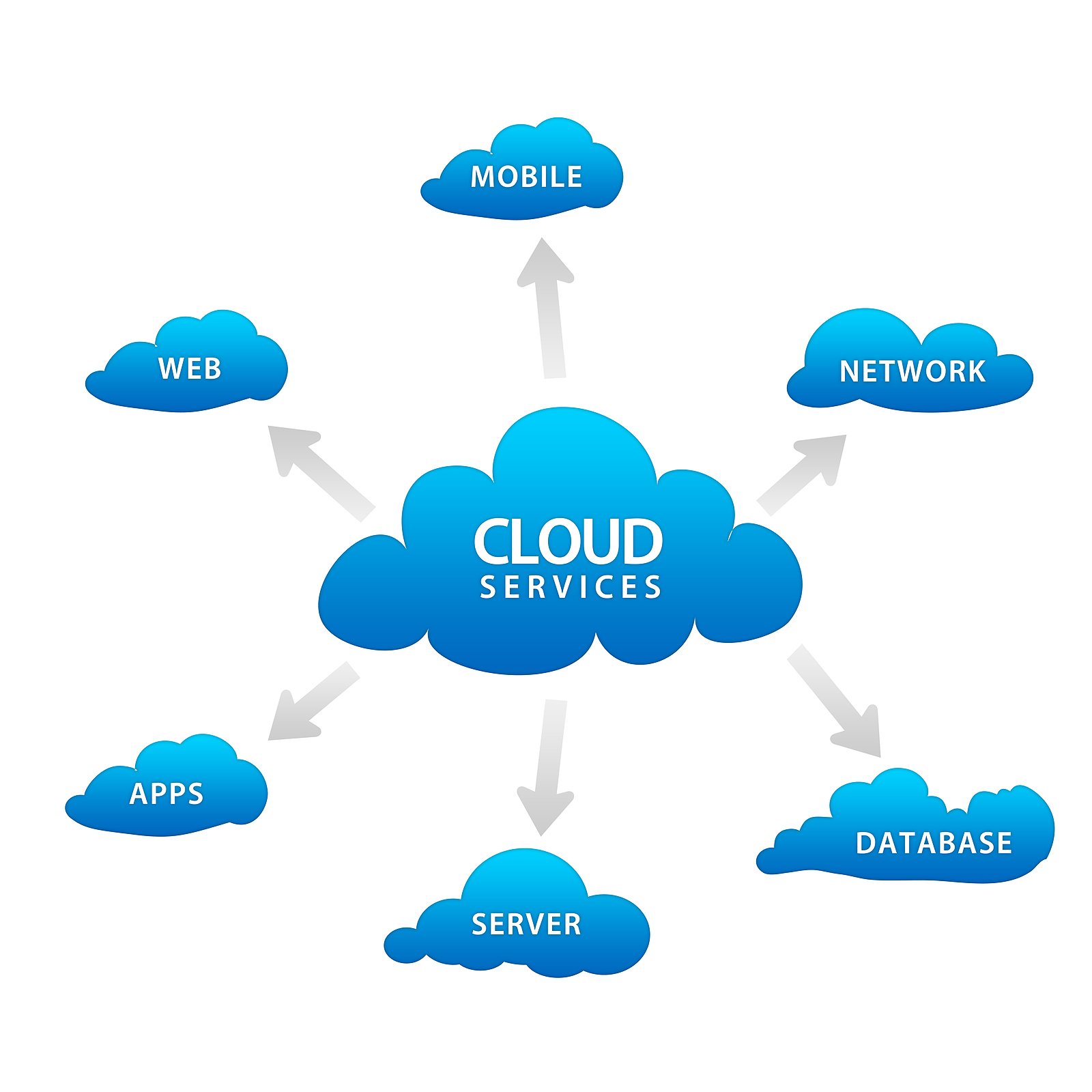LinkDaddy Cloud Services: Boost Your Software Strategy
LinkDaddy Cloud Services: Boost Your Software Strategy
Blog Article
Streamline Procedures With Robust Cloud Solutions
Embracing durable cloud services provides a strategic chance for organizations to enhance their procedures and remain in advance of the curve. By using the power of cloud options, businesses can accomplish a degree of operational agility that is crucial for continual development and competitiveness in the digital age.
Advantages of Cloud Services
Cloud services supply numerous benefits to people and businesses seeking versatile and reliable solutions for data storage space and management. One essential advantage is the scalability that shadow services supply, permitting customers to easily adjust their storage and computing needs as their needs progress. This versatility makes it possible for services to scale up throughout peak times and range down throughout slower durations, optimizing costs and resources.
Furthermore, cloud services supply boosted ease of access to data and applications. Users can access their information from anywhere with an internet connection, promoting collaboration among staff member functioning from another location or in various areas. linkdaddy cloud services. This accessibility also boosts performance by enabling smooth job procedures without being connected to a details physical area
Moreover, cloud services typically feature automated updates and upkeep, minimizing the burden on IT departments and guaranteeing that systems are secure and current. This positive technique to upkeep aids organizations remain secure and affordable in an ever-evolving technical landscape. Overall, the advantages of cloud solutions make them an important asset for companies wanting to enhance operations and boost performance.

Improved Information Protection Measures
Carrying out durable file encryption protocols and gain access to controls is necessary for ensuring information security in cloud services. By encrypting data both en route and at rest, companies can shield delicate info from unauthorized gain access to. Access controls help limit who can view, edit, or remove information, including an additional layer of protection. Multi-factor verification better enhances information defense by calling for extra verification steps past a password.
Normal safety and security audits and monitoring are vital to identifying and resolving prospective susceptabilities quickly. By continually checking for unusual tasks, organizations can react and spot to safety threats in real-time, lowering the risk of information violations. Data loss avoidance tools can likewise aid avoid destructive or unintentional information leakages by keeping track of and obstructing sensitive info from being shared outside the organization.
Training staff members on ideal safety and security methods is essential in maintaining data safety. Cloud Services. Informing team on how to acknowledge phishing attempts, producing solid passwords, and securely dealing with information can considerably minimize the chance of safety and security occurrences. On the whole, a comprehensive technique that integrates security, accessibility controls, monitoring, and employee training is key to improving data safety in cloud solutions
Scalability and Adaptability Solutions
To fulfill the needs of advancing business demands, companies are significantly looking for flexible and scalable solutions within their cloud solutions framework. Scalability and adaptability are crucial components that allow companies to adapt to changing requirements efficiently. Cloud services offer the benefit of conveniently scaling resources up or down based on need, allowing companies to maximize efficiency and cost-effectiveness.
One key remedy for scalability is the use of auto-scaling capacities, where cloud resources instantly adjust to satisfy fluctuating work. Additionally, cloud services give flexibility by using a wide variety of solutions and implementation alternatives, allowing services to customize their infrastructure to certain demands.
Cost-Effectiveness and Resource Optimization
Attaining cost-effectiveness and optimizing resources are vital factors to consider for organizations when handling their cloud solutions infrastructure. Cloud solutions supply the advantage of expense flexibility, enabling organizations to pay just for the resources they utilize, which can cause considerable expense financial savings compared to typical on-premises solutions. By leveraging cloud services, companies can maximize their resource allotment, scaling up or down based upon need to prevent over-provisioning and unneeded expenditures. Additionally, cloud service providers commonly supply various pricing designs, such as pay-as-you-go or scheduled circumstances, enabling organizations to select the most economical choice based upon their use patterns.
Source optimization in the cloud involves successfully utilizing computing power, storage space, and networking capacities to satisfy performance requirements without spending beyond your means on unneeded resources. Executing automation tools and checking systems can aid organizations track resource use in real-time, determine inefficiencies, and make changes to enhance operations and reduce prices. By continually enhancing resources and surveillance costs, organizations can guarantee they are maximizing the cost-effectiveness of their cloud solutions infrastructure while maintaining high efficiency levels.
Assimilation Techniques for Seamless Procedures
In order a fantastic read to ensure efficient Learn More and smooth procedures, organizations need to strategically carry out and intend integration methods for their cloud services facilities. Assimilation plays an essential function in integrating various elements of a firm's IT setting, making sure that various systems, applications, and information sources can interact effortlessly. One vital strategy for accomplishing smooth assimilation is the use of application programming interfaces (APIs) to assist in the communication in between various software program components. APIs enable the sharing of data and performances in between applications, advertising interoperability and streamlining processes.
Moreover, embracing middleware remedies can assist connect the void in between diverse systems by acting as a communication layer that facilitates data exchange and synchronization. This middleware layer can enhance connection and make it possible for real-time information circulation in between tools, applications, and databases. Furthermore, leveraging combination platforms as a check this solution (iPaaS) can streamline the combination process by giving pre-built adapters and tools for incorporating cloud solutions with on-premises systems.
Conclusion
To conclude, leveraging durable cloud services offers companies various benefits such as improved data security, scalability, cost-effectiveness, and smooth integration strategies. By enhancing efficiency and performance, companies can adjust resources to fulfill altering needs and drive general success. With structured operations and boosted operational dexterity, organizations can properly navigate the ever-changing service landscape and stay affordable in today's electronic age.
Cloud solutions provide the benefit of easily scaling resources up or down based on need, allowing companies to optimize efficiency and cost-effectiveness.
In addition, cloud services supply flexibility by using a wide variety of solutions and deployment options, enabling organizations to tailor their framework to particular demands. By continuously maximizing sources and tracking expenditures, organizations can ensure they are making best use of the cost-effectiveness of their cloud services framework while maintaining high efficiency degrees.
Additionally, leveraging integration platforms as a solution (iPaaS) can streamline the integration procedure by giving pre-built ports and devices for incorporating cloud services with on-premises systems.

Report this page